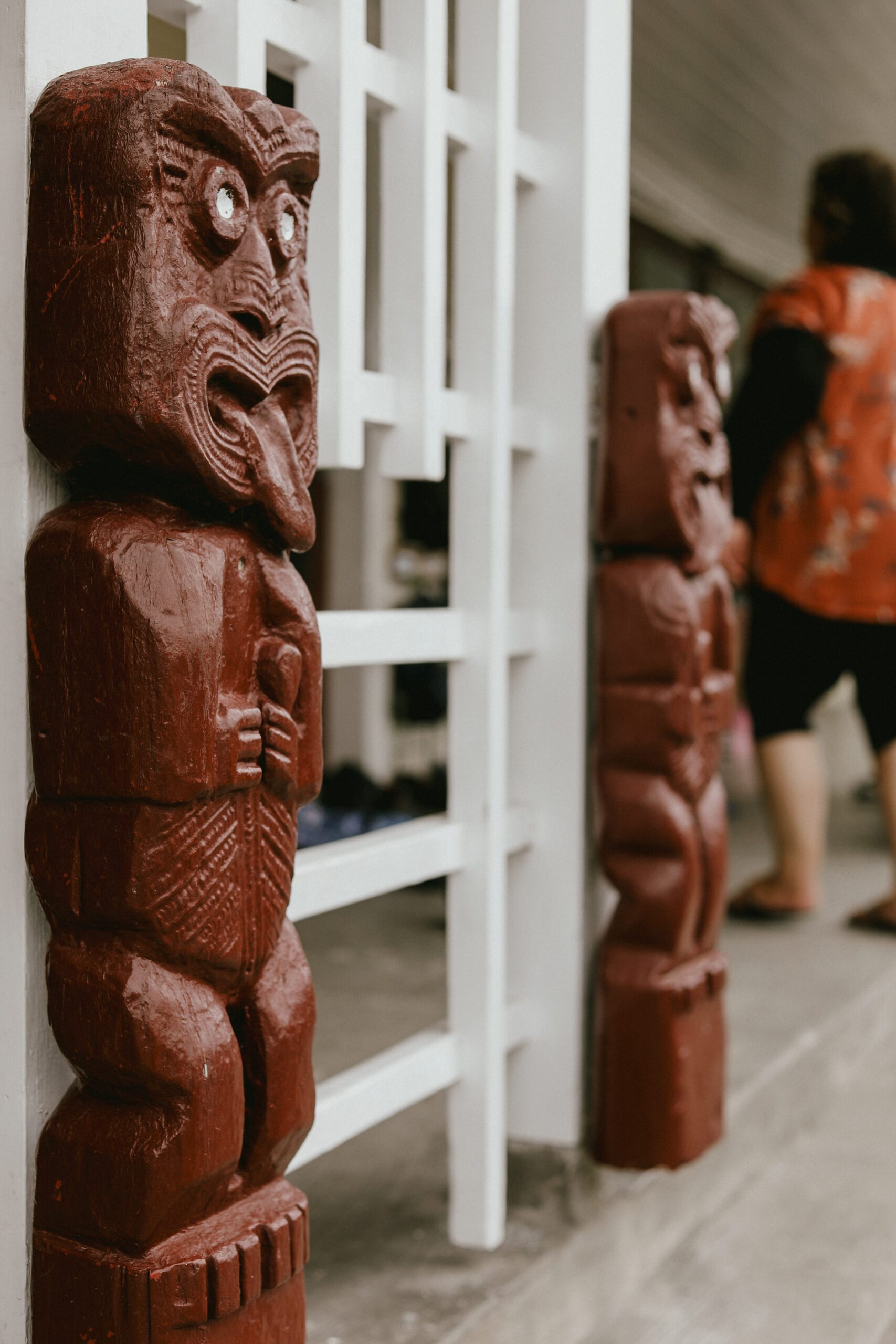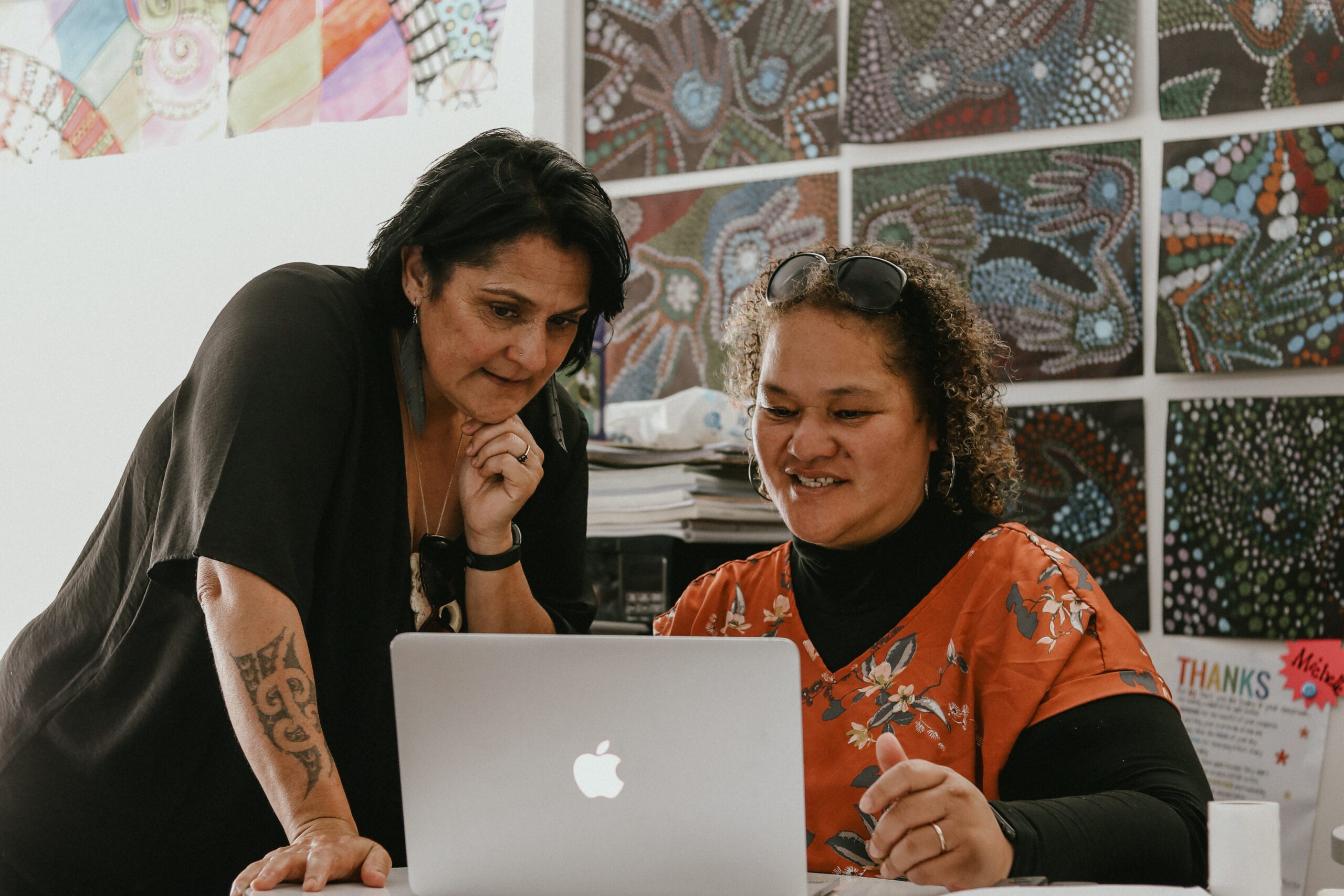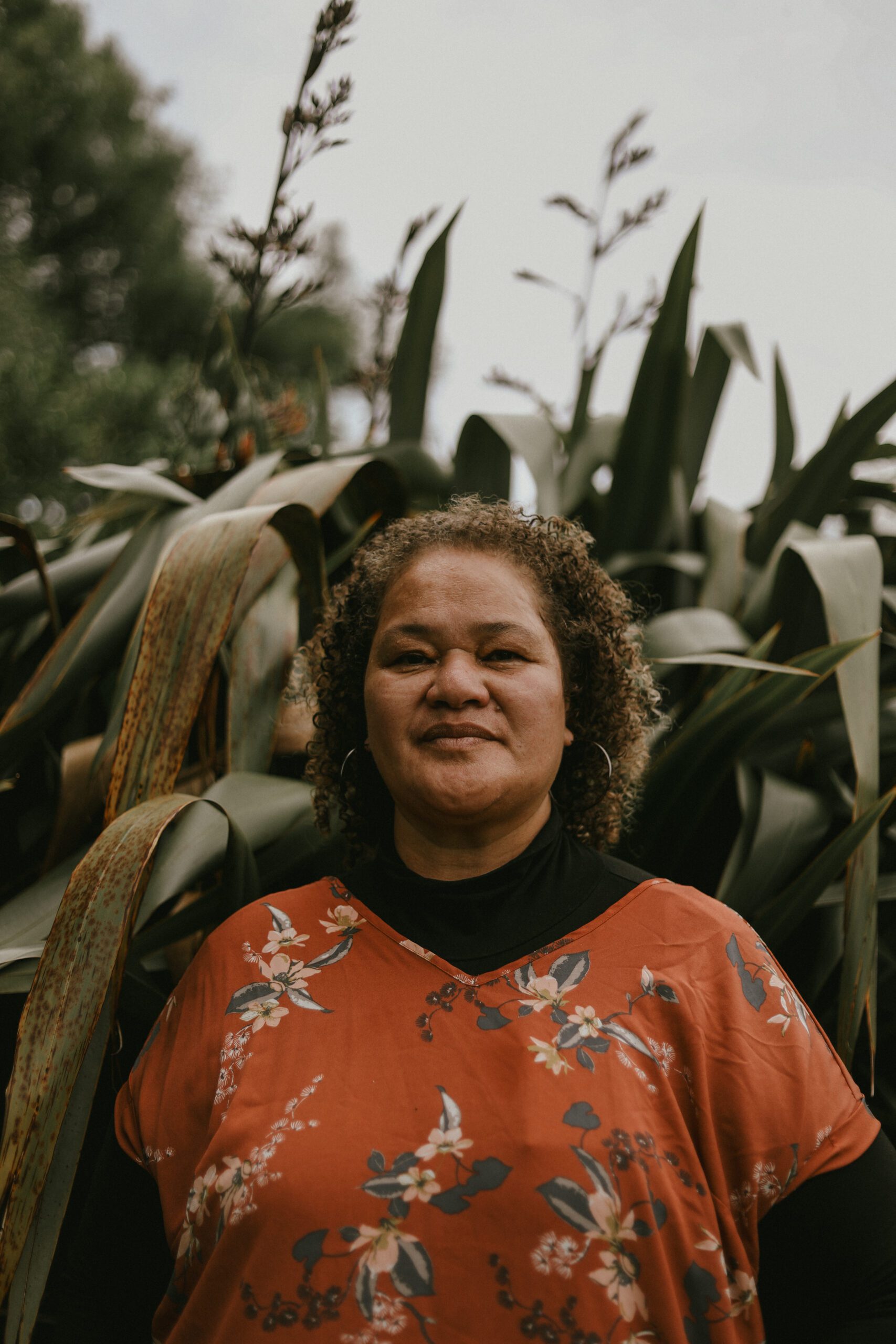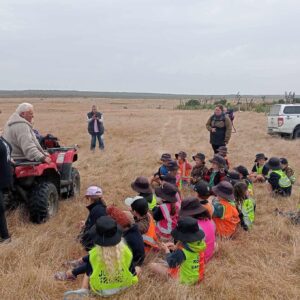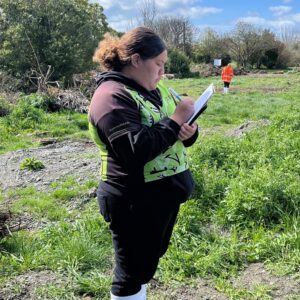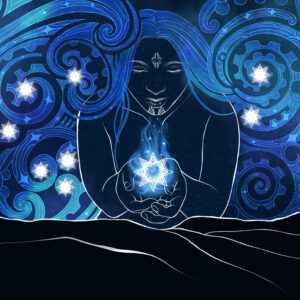When the Tainui waka left Rai’atea near Tahiti, there was concern that the day it departed was close to a day named Tamatea. In the maramataka (the Māori lunar calendar), this day is associated with stormy weather, writes historian Pei Te Hurinui Jones (Ngāti Maniapoto) in his book Ngā Iwi o Tainui.1
People called from the beach as the waka left the shore: “E Hotu e, taihoa e haere, ko Tamatea tēnei!” But waka commander Hoturoa replied confidently, “Tukua atu māua ko Tamatea, ki te moana whawhai ai!” Let Tamatea and I fight it out at sea!2
This is an example from Tainui waka traditions of the importance of knowing and living by the phases of the moon (ngā mata o te marama), a practice held in common amongst all our iwi in Aotearoa, with variations. Stars such as Matariki, Puanga and Rehua are also important, as their appearance is associated with the Māori New Year. As these traditions become better known, many people are hungry to learn more.
The maramataka was used not just for daily food-associated activities like planting, harvesting and fishing; it was also used for planning important hui and battles, says researcher and kaumātua Henere Tumapuhia, also known as Ockie Simmonds. He is one of the earliest members of the Society of Māori Astronomy Research and Traditions (SMART). According to Simmonds, the first four Māori kings (1858–1912) were endorsed at the time of Rākaunui, or the full moon.
The maramataka continued to be practiced well after the Europeans arrived, and in some whānau it has remained in continuous practice. In his childhood, during the 1950s–1970s in the Waikato region, Simmonds remembers his elders organising whānau fishing expeditions between the last quarter and new moon phases, when huge quantities of fish were caught (for instance, over 100kgs in one night) and distributed widely amongst several whānau.
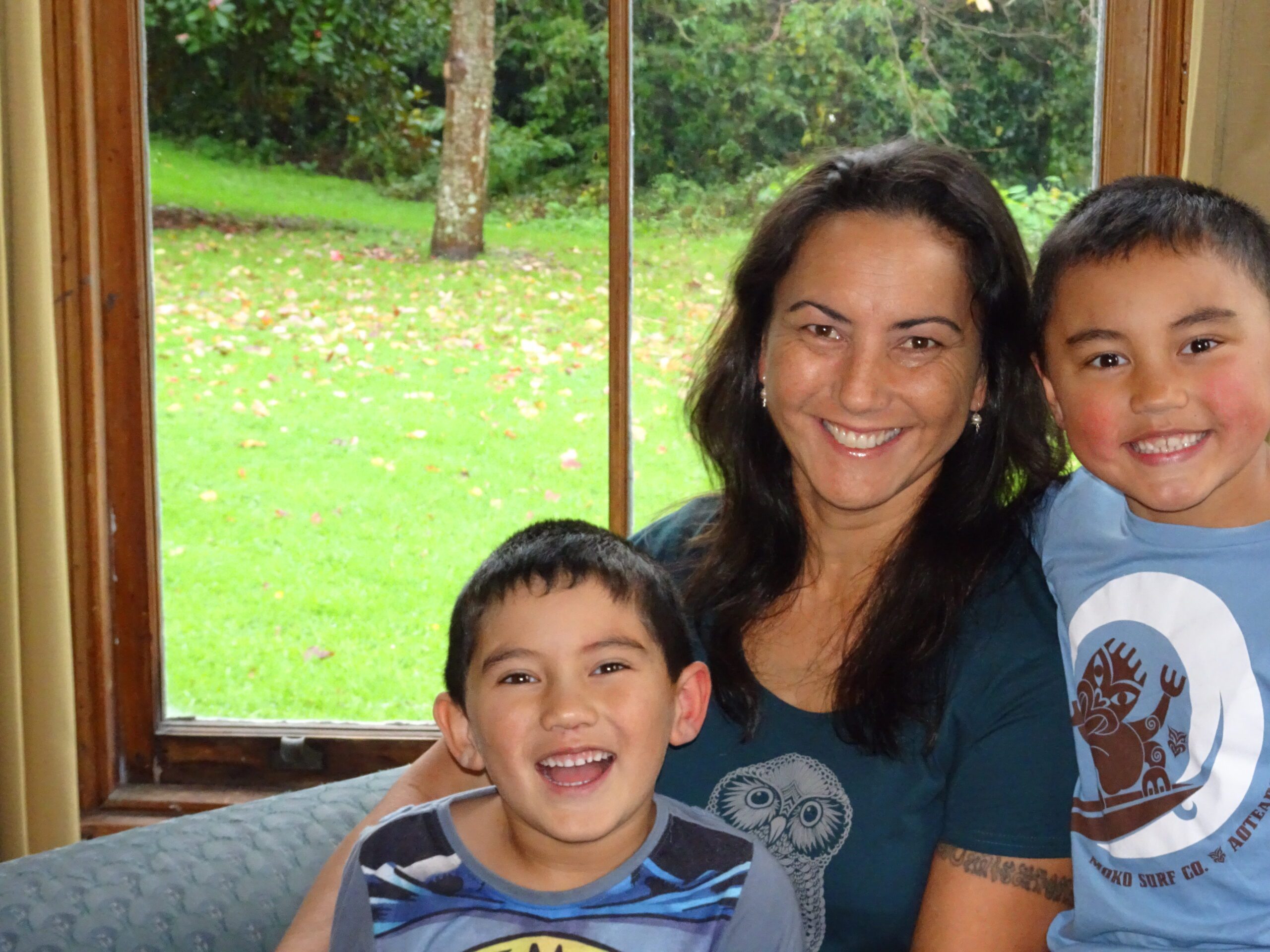
While this knowledge was nearly lost in his whānau, his interest and research over the last decade has supported his niece Shirley Simmonds to also revive her connection to the maramataka and pass it on to her two boys, Tamihana (aged 11), and Raukawa (aged 9) in their reo-speaking home.
“For me as a gardener, it’s helped me find more balance,” Shirley says. “If the maramataka says it’s not a good day for planting, I’ll do something else like prepare the ground for planting, dig a hole for a tree to go in, and so on. In the past I felt I had to dig the hole and plant on the same day. It’s taken the pressure off – do one thing at a time, use your energy sustainably.”
A growing interest in the maramataka within kura and schools is supporting tamariki and whānau to connect with the natural environment, which will surely benefit our planet, and also our wellbeing as Māori and non-Māori.
Maramataka expert and tohunga Rereata Makiha (Ngāti Mahurehure, Te Aupōuri, Te Arawa) has been running workshops on the maramataka for schools and kura for several years now, particularly in the Auckland and Northland regions, but also in Wellington and the South Island. There is no funding from the Government for this mahi – he does it on a voluntary basis (mahi aroha).
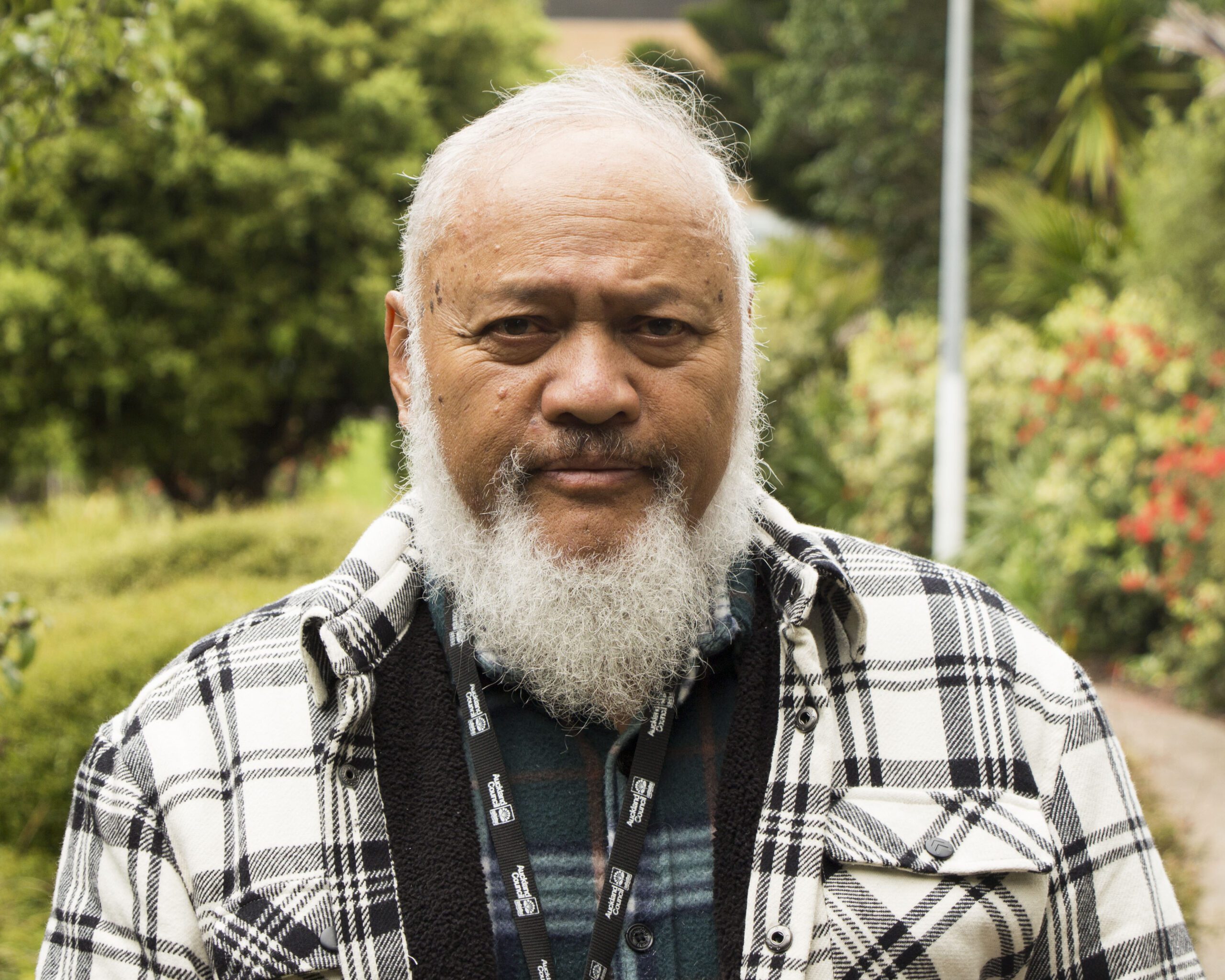
Many kura kaupapa Māori, in particular, are interested in learning and teaching about the maramataka, including it in their curriculum and sometimes even in their school philosophy and purpose. As Makiha says, “They don’t have to redesign their curriculum to include it. So most of the kura like in Kaikohekohe, Whirinaki, down here Manurewa, and some kura in Rotorua use the maramataka in their schools.”
“The most brilliant one for preschools is in Rotorua, Te Pākārito. Everything they do is by the maramataka – teaching the children how to read the environment. They’re urban-based, so a lot of what they observe are imported plants. Like they’ve got a magnolia, but they align it with the maramataka, and it flowers every year on those maramataka days.”
In the Far North, near Kaitāia, a kura named Te Kura Kaupapa Māori o Tututarakihi has based its philosophy on the maramataka, and even aligns its school terms to fit the lunar calendar, having its holidays in June and July.3 Fishing, gardening and hunting are the main activities, through which language, science and mathematics are learnt. The school curriculum is based on over thirty years of research, says a founding member Heeni Hoterene.
Heeni and her husband Reuben Taipari have taught the maramataka, which came from his grandfather Ihaka Poata, to over 5,000 people nationwide over the last fifteen years, she says. “My expertise is being able to translate ancient knowledge into a relevant context that can be applied practically in a modern-day context. I have worked teaching planning by the maramataka for over sixteen years now with both Māori and mainstream – health, sport and fitness, creative, government departments, kōhanga reo, kura auraki (mainstream schools) and whare wānanga.”
Hoterene and Taipari lead a group of ECE teachers in the Far North who have established over ten early childhood centres based on the maramataka, she says. Michelle Haua, a teacher at Hiruharama School, near Ruatōria, says she’s been gradually introducing maramataka concepts to her class and learns along with the children. “We’re all learning together. I see a lot of potential in it in terms of understanding the seasons, collecting kai, growing kai, using it to monitor the energy levels and phases of the moon, how it affects us.”
Making use of freely available local kai was already practiced at the school, and that theme was emphasised during the Covid-19 lockdown. “We foraged and got plums and peaches, brought them to school, made relishes, jams, chutneys, and gave them to kaumātua. We usually do that two or three times a year.”
“When Covid-19 came, what they were doing at home was far greater than being in the classroom. They were going out hunting and fishing and would take photos (and tell us). They didn’t realise they were actually learning, having a relationship with parents, whānau. It was powerful in terms of development of relationships and key competencies.”
Haua plans her classroom activities to fit with the energy levels predicted by the maramataka. “If it’s a low energy day, I might not test that week. We’ll do meditation, mirimiri [massage]. I slowly build their learning up, and by the time of high energy days we know the kids will be energetic. You’re not fighting with the children, it’s a win-win, for both the children and myself. Your outcomes are better.”
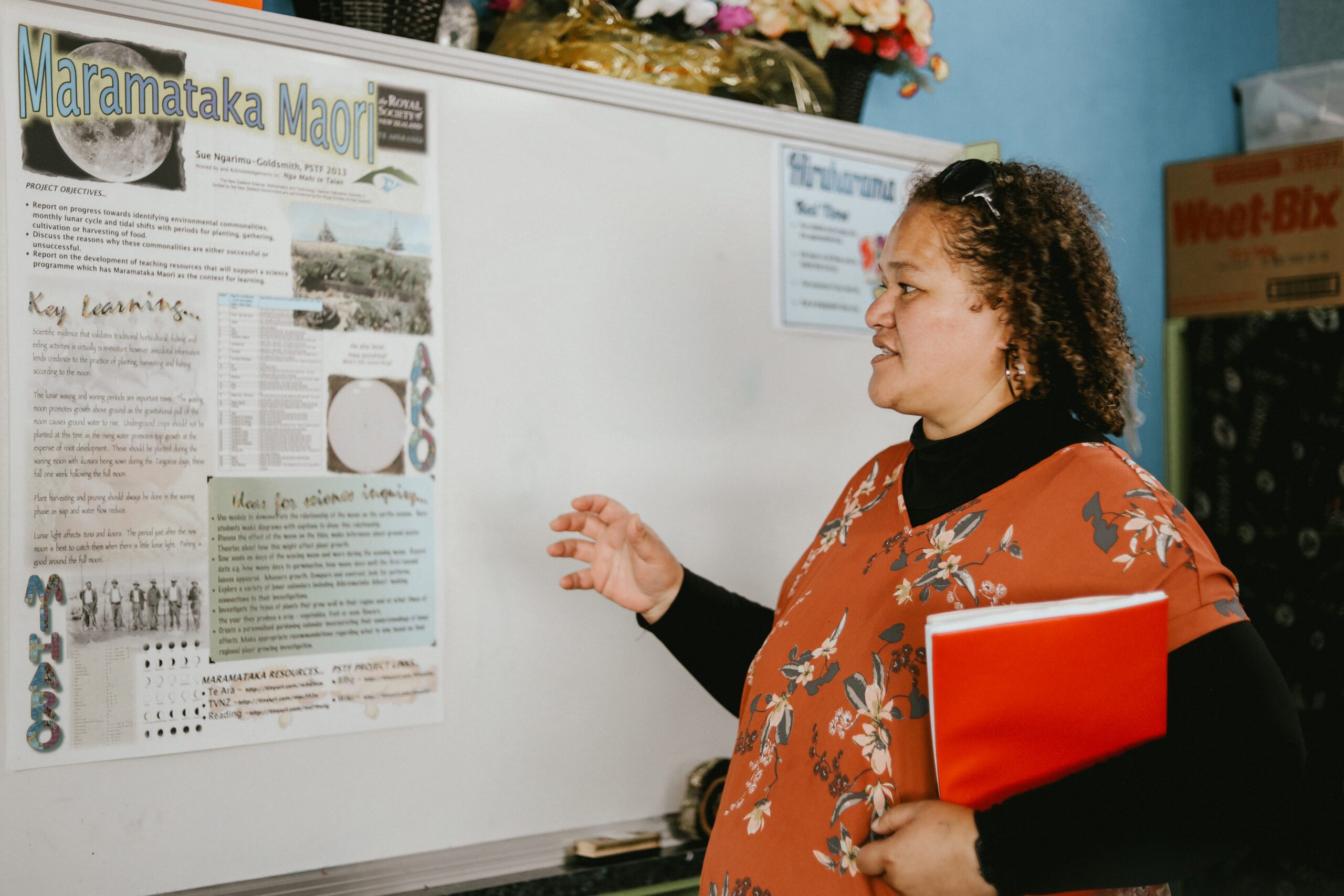
Certain days are associated with atua and realms like Tāne Mahuta (the bush) and Tangaroa (the ocean). Those are days which are good for the children to be in those realms, to observe, listen and sometimes “give back”. One example of “giving back” comes from Summerland School in Henderson, Auckland, which has been learning about the maramataka with Rereata Makiha.
Summerland School Principal Blair Giles says, “We’ve got a predator-free group and they’ve been using the maramataka, with specifics about rats, and aligning trapping with the maramataka.” He also spoke of linking a local experience in the bush with learning about global warming. “We took our kids into the bush and asked, ‘What are you noticing?’ It’s cooler in here. What connections can you make about how trees affect our world, for example global warming?” he says.
On that outing, one child came to a realisation about the importance of a healthy environment for human wellbeing. Giles recounts: “Then a bright little kid said, ‘Everyone’s asking one question [about the external temperature]. I’m noticing something in myself!’ He made a really powerful personal connection around hauora.”
Health agencies such as Healthy Families East Cape and Te Hau Ora ō Ngāpuhi have begun incorporating the maramataka into their programmes relating to mental, physical and spiritual health, say Haua and Makiha.
Te Hau Ora ō Ngāpuhi has used the maramataka to develop a strategic model of four pou – “wai, kai, whenua and whare,” says Makiha. “Whānau groups are working with kura kids to become the scientists and researchers and do observations. A lot are using techno stuff. Kura in Kaikohekohe are using it as basis for revival of papakāinga.”
***
In the eleven years since Makiha and Ockie Simmonds helped form SMART, the growth of interest in the maramataka has been huge. For example, last winter Makiha, Hoturoa Barclay-Kerr (Tainui) and Rangi Matamua (Ngāi Tūhoe) gave a lecture on Matariki in Auckland in a 500-seat theatre. Matariki is the start of the New Year in the Māori lunar calendar – a time to remember those who have passed on over the year, and to set resolutions for the future year. “It was packed out; people were standing in the aisles and doorways. Huge interest!” says Makiha.
Recent petitions calling for a Matariki public holiday were signed by over 30,000 people and organised by Laura O’Connell Rapira and others from Action Station. Sixty-three percent of New Zealanders agree that Matariki should be made a public holiday in a poll commissioned by the organisation, O’Connell Rapira says.4
“Lots of Wellingtonians now understand what Matariki is about,” says Labour MP Paul Eagle, who accepted the petition in July. In September, Prime Minister Jacinda Ardern announced that Labour will make Matariki a public holiday from 2022.
Interest in the maramataka has spread beyond the Māori community, to both the wider community and scientists in Aotearoa New Zealand and overseas. Scientists around the world are recognising the value of indigenous knowledge, not just to observe nature and any significant changes in the natural world, but also to help find solutions to global problems.
“Interest in the maramataka has spread beyond the Māori community, to both the wider community and scientists”
Makiha continues: “We’ve been working with the maramataka (in the Bay of Islands) for a while now on the restoration of fish species up around Paroa and areas north of Whangārei. We use the maramataka to detect the arrival of the fish eggs. We don’t know what species, so they’re introducing DNA sequencing to find out. Hundreds and hundreds of them [eggs] are released, and you only get twenty minutes in the whole year and it’s gone.”
“Scientists will be at this wānanga for the first time – four who specialize in DNA sequencing, some environmental scientists from DOC and Auckland University, to see how this mātauranga Māori can work in the Pākehā system,” Makiha says.
Climate scientists are also looking to indigenous communities, including Māori, to observe changes in the natural world. Because these communities have stayed in the same place for generations, they are good witnesses of change.
Dr Pauline Harris (Ngāti Rakaipaaka, Ngāti Kahungunu, Rongomaiwahine), a lecturer at Victoria University and chair of SMART is leading a team of researchers visiting iwi and hapū throughout the country to capture mātauranga about many different plant and animal activities. “We’re asking whānau if they’ve noticed anything changing in places like forests over the last fifty years, capturing this using voice recorders and writing it down,” she says.
An example that Makiha has noticed is the kohurangi (brachyglottis kirkii var. kirkii) flowering earlier in recent years: “The kohurangi used to flower towards the end of August. In the last ten years it’s been tracking down and this year they flowered from 7 July. The significance of that is the kohurangi means there’ll be no more damaging frost, so you can go plant your crops.”
And do you think that’s a sign of global warming, mātua? Makiha says, “It’s got to have something to do with it!” And what days of the month did the recent extreme storm weather occur in late September? Tamatea, of course!
MORE INFORMATION
Maramataka: The Māori calendar learning resource
Feature Image: “Phases of the moon” by Sandeep Gangadharan, CC BY-NC 2.0: flic.kr/p/5BmYhv.
[1] Pei Te Hurinui Jones and Bruce Biggs, Ngā iwi o Tainui: the traditional history of the Tainui people: nga koorero tuku iho o nga tuupuna (Auckland: Auckland University Press, 1995), 31.
[2] Jones, Ngā Iwi o Tainui, 30-1.
[3] “Kura Kaupapa to align education & activities with Maramataka,” Te Ao Māori News, July 29, 2020, ww.facebook.com/watch/?v=1153010695071990
[4] Brittney Deguara, “30,000-strong petition to make Matariki a public holiday moves onto next stage,” Stuff.co.nz, July 24, 2020, https://www.stuff.co.nz/pou-tiaki/122241314/30000strong-petition-to-make-matariki-a-public-holiday-moves-onto-next-stage.



